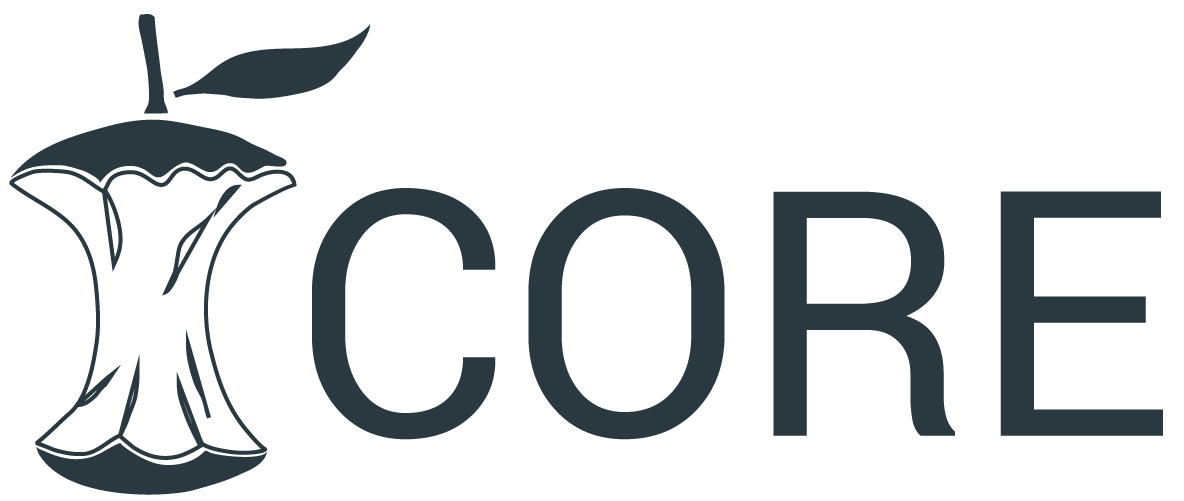Submissions
Submission Preparation Checklist
As part of the submission process, authors are required to check off their submission's compliance with all of the following items, and submissions may be returned to authors that do not adhere to these guidelines.- The submission has not been previously published, nor is it before another journal for consideration (or an explanation has been provided in Comments to the Editor).
- The submission file is in OpenOffice, Microsoft Word, or RTF document file format.
- Where available, URLs for the references have been provided.
- All illustrations, figures, and tables are placed within the text at the appropriate points, rather than at the end.
- The text adheres to the stylistic and bibliographic requirements outlined in the Author Guidelines. For references and bibliography, please use the APA style.
Articles
Section default policyCopyright Notice
Copyright and complete publication rights are retained by the authors.
Submission of a Research Article(s) in the Applied Science and Biotechnology Journal for Advanced Research implies that the work has not been published previously and is not currently under consideration for publication elsewhere. If accepted, will not be published elsewhere without the written consent of the Editor/Publisher. The Editor(s) reserve the right to edit, remove or otherwise alter all contributions if they find any plagiarised or copyrighted material at any time. Neither the Journal nor the Publisher in any way are responsible for subsequent uses of the work. The views expressed in the Research Article(s) belong solely to the Author(s).
Privacy Statement
The names and email addresses entered in this journal site will be used exclusively for the stated purposes of this journal and will not be made available for any other purpose or to any other party.










 This OJS site and its metadata are licensed under a
This OJS site and its metadata are licensed under a 